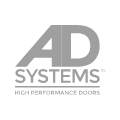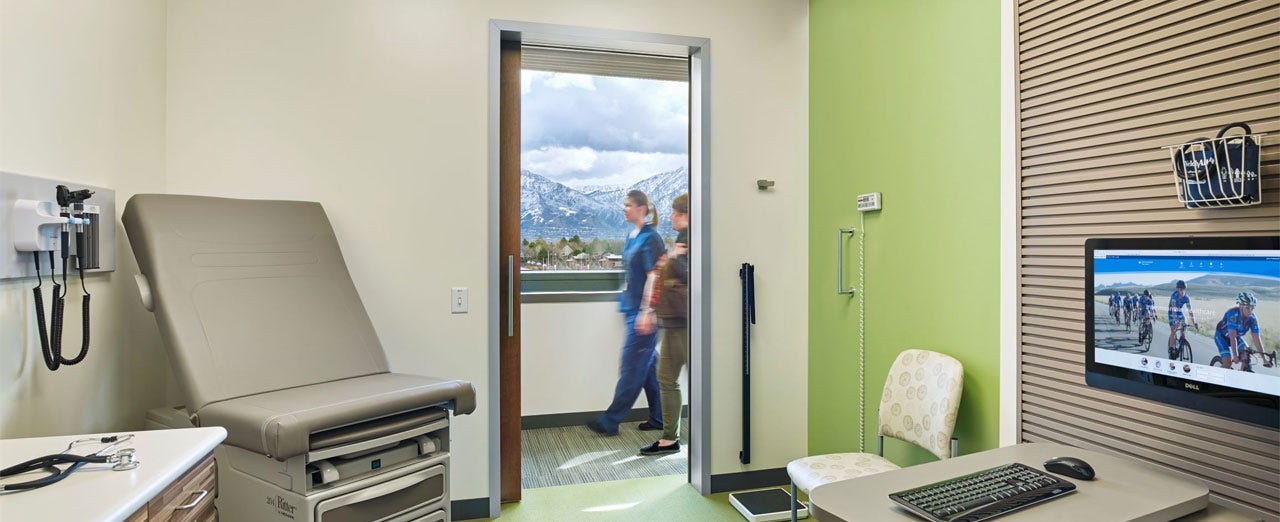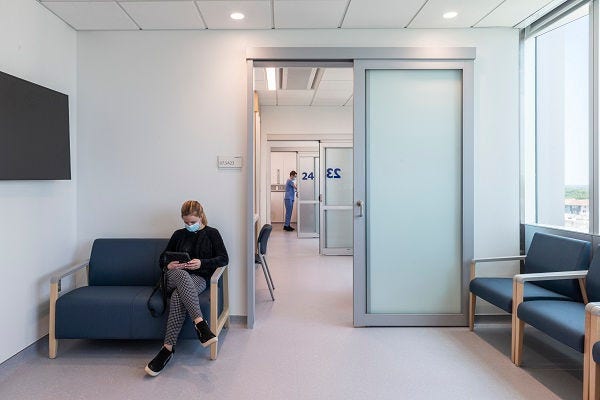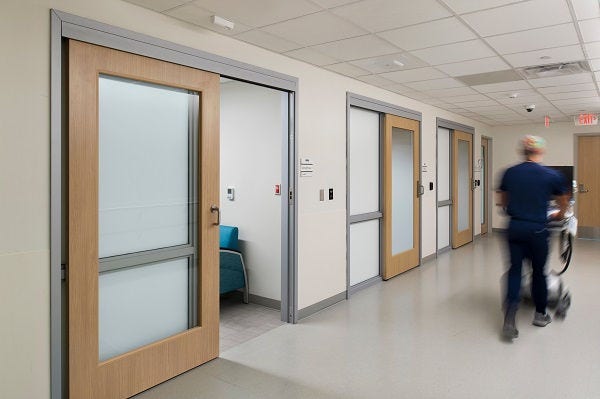Exploring the Impact of Soft Close Sliding Doors in Healthcare Settings
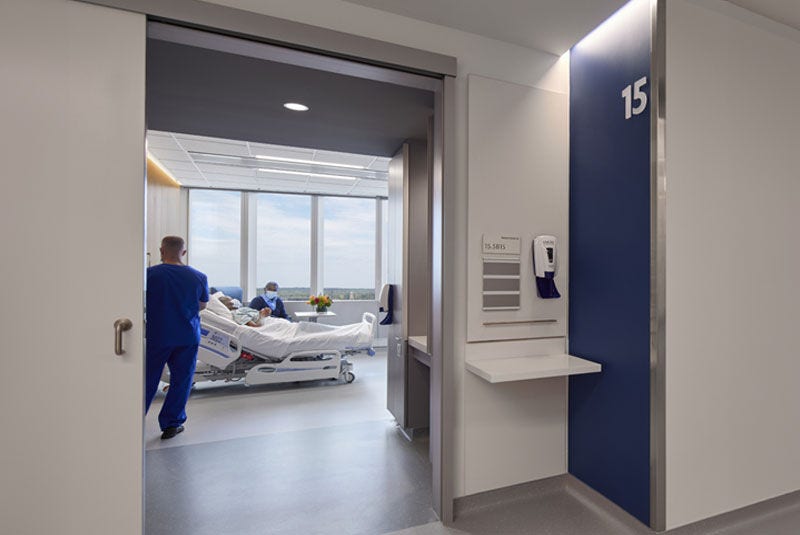
In healthcare settings, so much depends on the ability of doors to meet a wide range of performance needs. Patient room doors, exam room doors, administration doors and other applications are often called on to comply with local building codes, contribute to accessibility standards, support best practices in design and much more. In addition, given the continued year-over-year increases in healthcare construction’s price per square foot, it is becoming more and more important for doors to contribute to space-use efficiency as this helps maximize return on investment by contributing to design flexibility.
To further complicate specification, architects and specifiers in the healthcare space are often tasked with creating environments that contribute to positive patient outcomes. This includes planning for acoustic isolation and quiet operation. While many parts of the built environment can support these goals, doors, specifically those with soft close systems, can directly impact these plans and improve patient experience.
The benefits of soft close sliding doors
The primary purpose of soft closers on sliding doors is to reduce the closing speed and force of the door, protecting occupants and even the door itself. Soft closers, which are different from other closing devices, prevent a sliding door system from slamming by slowing the door’s motion in the last few inches of its closing using either fluid or oil dampeners or other dampening action. These devices reduce the risk of pinches and the wear and tear on the opening. Beyond that functionality however, soft closers provide many other benefits to spaces and occupants.
Soft close sliding doors can be central to meeting several healthcare design considerations, especially when it comes to maintaining quiet operation. In exam and patient room doors, this reduces spikes in noise to contribute to a quieter healthcare environment. Soft close sliding doors have a direct impact on patient experience as spikes in noise can disturb rest and recuperation as well as disrupt patient-provider meetings. Further, when soft close sliding doors are also specified with perimeter and drop-down seals they can promote privacy by reducing noise transfer between spaces and acting as a latching mechanism to ensure a sliding door remains in the closed position. This helps protect patient information as well as support the ability of medical staff to collaborate without disturbing those at rest.
Code-compliant soft close patient room doors
While soft close sliding doors can provide several benefits to a functionally designed and occupant-centric healthcare facility, they may not be code-compliant for every opening in the built environment. For example, sliding door systems may not be allowed by code for patient room doors that lead directly to an exit corridor as they may not meet all egress requirements for this application, specifically including a breakaway device.
In these instances, flexible swing doors can contribute to space-efficient designs and quiet operation. It is a common requirement that these corridor doors be self-closing due to smoke ratings or other factors thus a different type of swing door self-closer would be used. Self-closers automatically pull a door shut at a predetermined rate. Often this rate is to meet requirements outlined in the Americans with Disabilities Act (ADA) standards, but it can also reduce instances of slamming, similar to the function of soft closers. These doors would also feature positive latching hardware and operable sidelites.
For sliding door applications in smoke-rated areas or where security or other concerns would demand the functionality, a pull spring self-closing mechanism is also an option.
Blending multiple door systems to maximize value
By using both soft close sliding doors and flexible swing doors, designers can meet a wide array of constraints while creating functional, accessible and aesthetically pleasing healthcare interiors. And when these door systems come from the same manufacturer, they can create aesthetically cohesive interiors while also streamlining the design process.
Although soft- and self-closers are a relatively small aspect of the built environment, they can greatly impact the overall usability of a space. AD Systems offers an in-depth library of product and hardware guides as well as test data (upon request) to help architects in the healthcare sector make the most informed decisions they can.
You May Also Like

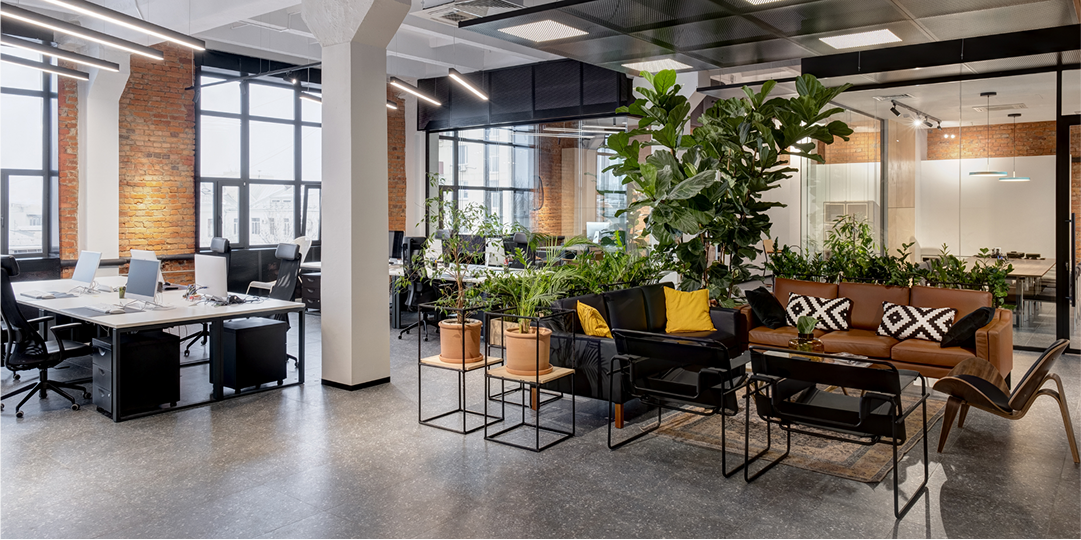

Want AD Systems in your inbox?
Sign up to receive product updates, news and information from Ives sent directly to your inbox.
Let us help.
Contact us today to talk about your project needs.




